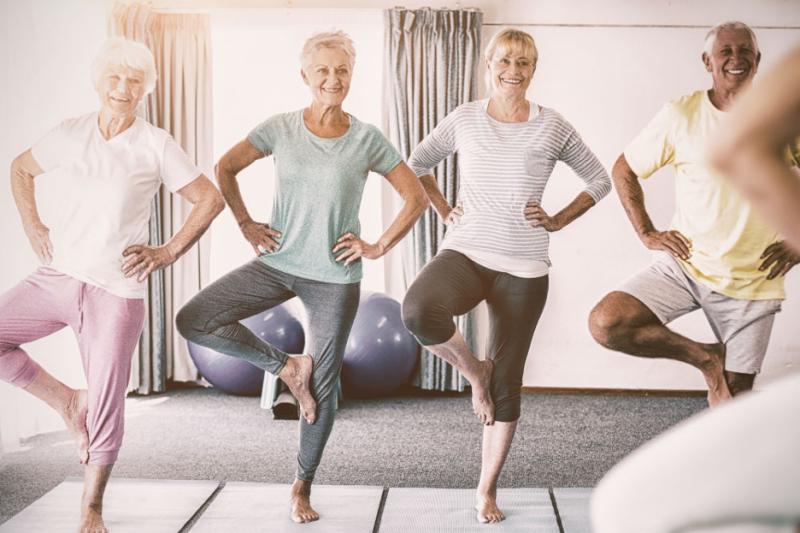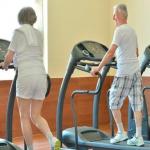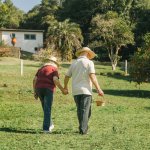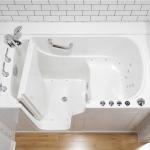Fall Prevention for Seniors

As individuals age, the risk of falls becomes a significant concern. Falls can have severe consequences for seniors, leading to injuries, hospitalization, and a decline in overall well-being. However, by implementing effective fall prevention strategies, seniors can maintain their independence, reduce the likelihood of falls, and improve their quality of life. In this article, we will explore the importance of fall prevention for seniors and discuss actionable steps that can be taken to minimize the risk of falls.
Understanding the Impact of Falls on Seniors
Falls among seniors are not merely minor accidents. They can result in fractures, head injuries, and even life-threatening complications. The physical consequences of falls can significantly impact a senior's mobility, leading to a loss of independence and reduced quality of life. Additionally, falls can have psychological effects, causing fear, anxiety, and a decline in self-confidence.
Identifying Risk Factors
To effectively prevent falls, it is essential to identify the risk factors associated with them. Some common risk factors include muscle weakness, balance issues, vision problems, medication side effects, hazards in the living environment, and chronic conditions such as osteoporosis and arthritis. By recognizing these risk factors, appropriate preventive measures can be implemented.
Regular Exercise for Strength and Balance
Engaging in regular exercise tailored to improve strength and balance is crucial for fall prevention. Strength training exercises, such as weightlifting or resistance training, can enhance muscle tone and stability. Balance exercises, including tai chi or yoga, help seniors improve their equilibrium and coordination. Regular physical activity not only strengthens the body but also enhances overall well-being, flexibility, and confidence.
Medication Management and Consultation
Seniors often take multiple medications, increasing the risk of falls due to side effects such as dizziness or drowsiness. Proper medication management is essential in fall prevention. Seniors should consult their healthcare providers to review their medications and ensure they are not interacting negatively. Doctors can also provide guidance on adjusting dosages or switching to alternative medications with fewer side effects.
Home Safety Modifications
Modifying the living environment is crucial in preventing falls at home. Simple adjustments like removing clutter, securing rugs with non-slip pads, installing grab bars in bathrooms, and improving lighting can significantly reduce fall risks. Stairs should have sturdy handrails, and pathways should be clear and well-lit. Regular maintenance of the home, including repairing loose floorboards or uneven surfaces, is vital for fall prevention.
Regular Vision and Hearing Check-ups
Impaired vision and hearing can contribute to falls among seniors. Regular eye examinations and hearing check-ups are essential for early detection and treatment of age-related changes. Wearing appropriate eyewear, updating prescriptions, and using hearing aids when necessary can significantly enhance seniors' ability to detect hazards in their surroundings, improving their safety and reducing fall risks.
Proper Footwear Selection
Choosing appropriate footwear is crucial for fall prevention among seniors. Ill-fitting shoes, high heels, or slippery soles can increase the risk of tripping and falling. Seniors should opt for shoes that provide proper support, have non-slip soles, and offer a comfortable fit. Shoes with low heels and secure closure, such as Velcro or laces, can improve stability and reduce the likelihood of falls. Regularly inspecting shoes for wear and tear and replacing them when necessary is essential to maintain proper foot support and prevent accidents.
Assistive Devices and Aids
For seniors with mobility challenges, assistive devices, and aids can significantly reduce fall risks. Canes, walkers, or mobility scooters can provide stability and support while walking. Additionally, using handrails on staircases, installing chair lifts or ramps for accessibility, and utilizing assistive devices in the bathroom, such as raised toilet seats or shower grab bars, can enhance safety and prevent falls. It is important to consult with healthcare professionals or occupational therapists to determine the most suitable assistive devices based on individual needs.
Building a Support Network
Social isolation can increase the risk of falls for seniors. Building a robust support network consisting of family, friends, and community organizations is vital. Regular social interactions not only provide emotional support but also offer opportunities for assistance and companionship. Seniors can engage in group activities, join fitness classes, or participate in community events to foster social connections and combat isolation.
Conclusion
Falls among seniors can have devastating consequences, but they are not inevitable. By understanding the impact of falls, identifying risk factors, and implementing preventive measures, seniors can significantly reduce their fall risks and maintain their independence. Regular exercise, proper medication management, home safety
More to Read:
Previous Posts:
Next Posts:




